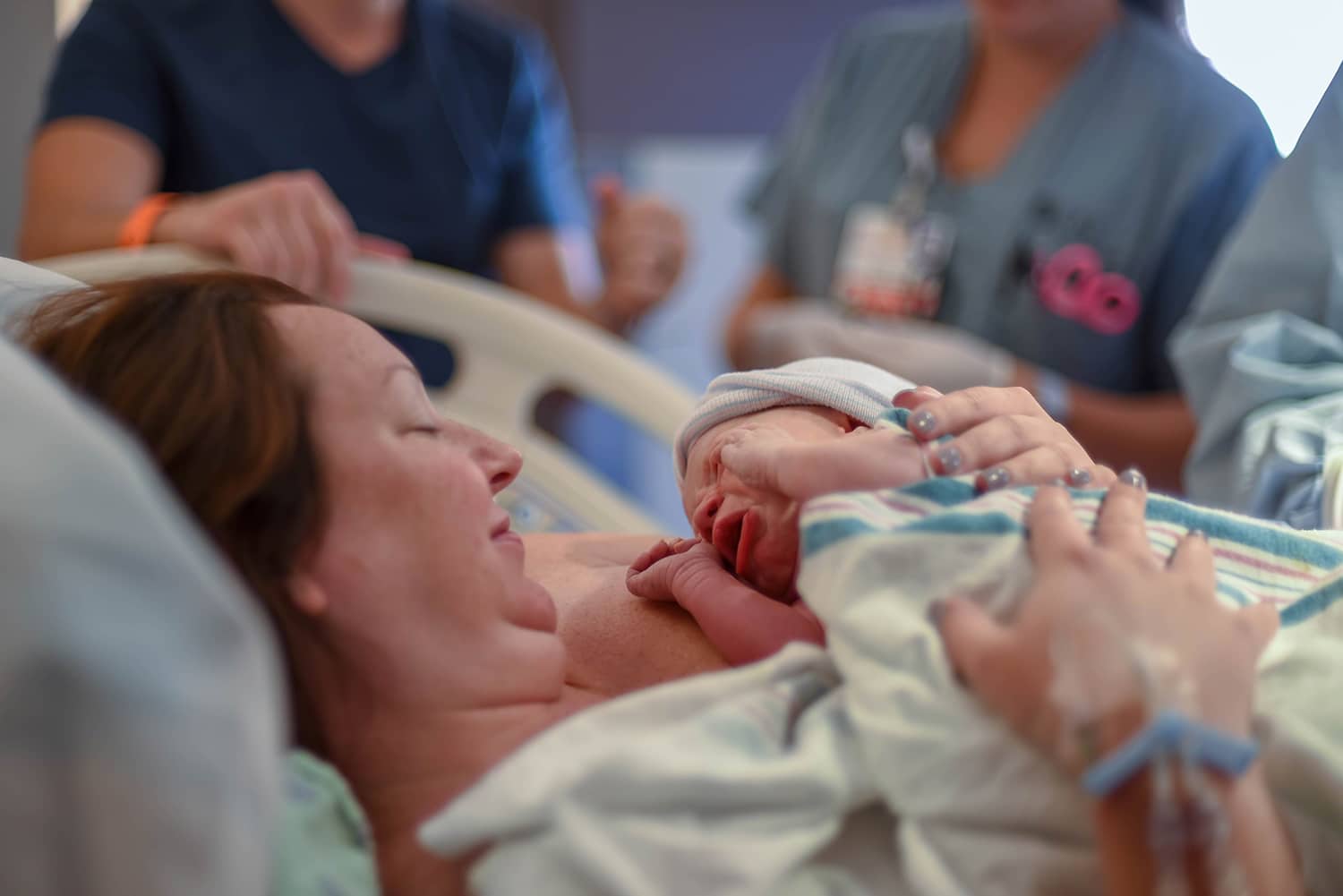
Cytoplasmic Transfer and IVF
Cytoplasmic transfer, is an advanced fertility technique used in assisted reproduction that involves injecting a small amount of ooplasm from eggs of fertile women into eggs of women whose fertility is compromised. The modified egg is then fertilized with sperm and implanted in the uterus of the woman attempting to achieve pregnancy.
The procedure itself involves using the cytoplasm of young fertile egg donors to rejuvenate the patient’s eggs. This fertile donated cytoplasm is rich in factors essential for the sustainable development and implantation of the embryo. Injecting this “fertile” cytoplasm into the patient’s egg provides the embryo with a source of energy that is often all that is needed for better embryo development and subsequent implantation.
One of the key advantages of Cytoplasmic Transfer is that it neither harms nor modifies the DNA structure of the egg’s collected from the receiving patient as the core of the oocytes collected from the receiving patient are retained. Since the mitochondria is replaced with a healthier mitochondria from a donor, your eggs are given the ideal conditions to develop.
In simpler terms, the nucleus of your eggs are placed into a healthier environment (Ooplasm) to have an increased chance of fertilization and ability to develop into the last stage of embryo before implantation.
We recommend Cytoplasmic Transfer to the patients who have;
- Suffering from mitochondrial disorders,
- Patients with low egg/ovarian reserve
- Patients who had repeated miscarriage.
Fertility medicine is something that is expanding and evolving all the time. Thanks to the latest scientific innovations, processes and methods of fertility treatment have slowly become more and more sophisticated, allowing a much wider range of patients to access the treatments they need and want. IVF is now available to older couples who want to start a family later in life, using donor eggs and sperm if necessary. It’s much easier for same-sex couples to have successful treatment now, and have a biological link to their baby. But, there’s something new and exciting out there that has exploded onto the fertility medicine scene and has allowed sweeping changes to take place. This isn’t something that’s ever been seen before in standard IVF treatment – but it’s something that is the very latest in innovative fertility treatment. What is this new process called? Cytoplasmic transfer. Sounds complicated? It’s actually not, once you’ve got to grips with the medical terminology, the process itself is simple to understand, and here’s our guide to cytoplasmic transfer and how it could revolutionise even the most advanced fertility treatment available.
IVF with cytoplasmic transfer
Don’t be put off by the medical terminology, cytoplasmic transfer is a simple concept. It’s not a method of treatment in and of itself, rather it’s a procedure that can be used alongside IVF and ICSI treatments. Its main purpose is to help those women who suffer from infertility because they have damaged or deficient mitochondria within the cytoplasm of the egg. It’s usually something which is found in older women, simply because our biological processes decline with age – and so do our cells and the content of these cells. CT is a clever way of getting around the problem of a poor environment for the embryos to develop within, without the need for outside donor eggs being used.
What is mitochondria and why is it so important?
It’s responsible for: cell division, energy production and cellular growth – all vital for a healthy egg. If the mitochondria is deficient, it can lead to high levels of embryo fragmentation and repeated implantation failures. These are things which can lead to poor embryo development and therefore a failed IVF cycle.

How exactly does cytoplasmic transfer work?
We start with the mitochondrial damage which is usually seen most often in older women, those in their late 30s and early forties. This transfer process can be done using the woman’s own eggs, but a younger patient is used for their healthy cytoplasm, which can then be taken for the transfer. Its purpose is rejuvenation of the older patient’s eggs and therefore a greater chance of successful IVF treatment.
The genetic material of the patient’s own eggs grows in the younger mitochondria, which gives a much healthier environment and therefore higher quality embryos.
Which patients are going to feel the real benefit?
Again, it’s older women who have come for IVF treatment and don’t want to use donor eggs because they want a biological link to their baby, which is totally understandable. Lots of us picture how our children are going to look – do they take after mum or dad? If they have older siblings, how similar will they be? Cytoplasmic transfer gives those patients a real chance of IVF working for them, without using donor eggs.
Are there any disadvantages?
It’s worth pointing out that although CT gives a higher percentage of successful treatment, it doesn’t have the same chances that using donor eggs entirely does. The appeal of CT is that the patient retains their own genetic material, all that’s going on is that the cells are given a healthier environment to work within, which increases the chance of creating higher quality blastocysts which in turn leads to higher quality embryos. There are further benefits as well, by using the CT process you can create embryos for future IVF cycles, which is comforting for the vast majority of patients. Knowing that you have a ‘back-up’ option is something which encourages further IVF treatment should the cycle fail. This way, you already have embryos ready to transfer without needing more cytoplasm transfer to take place – saving time as well as money!
However, it’s worth pointing out that although using CT means that you are putting the embryos in the very best environment for their development which does give a higher percentage of success using the patient’s own eggs, using donor eggs entirely is probably the best path to go down for the maximum benefits of IVF.
Cytoplasmic transfer is one of the most exciting development in fertility medicine. And with these advances comes ever-increasing success rates for our patients. The Cyprus IVF Centre is proud to be at the forefront of these developments, so we can be certain of providing the very best treatment options for all of our patients, within a tailored IVF plan.





